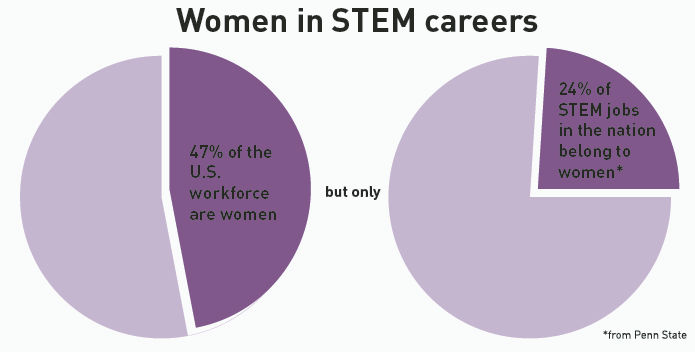Daily: Conscious eating on a college budget
February 21, 2013
If you enjoy great food and love to explore cooking as a foodie, you don’t have to break the bank to do so. Cooking on a college budget can be hard, both financially and in regards to time. I understand that it can be tempting to order a pizza, grab a burrito, and pick up sandwich, but too much of this on-the-go eating is unhealthy. And in the long run, it’s more expensive than cooking at home. I’m not advocating that you completely cut this out of your routine, but I recommend rethinking how you shop and eat.
As a vegetarian and foodie, conscious eating and cooking is important to me. When I say “conscious eating,” I mean knowing where your food comes from — which means trying to buy locally if you can — and paying attention to reducing food waste. In addition to this, it means thinking about how healthy the food is for you. I am no calorie counter, and I certainly enjoy sweets and other rich foods, but I do try to pay attention to eating a good variety of foods, plenty of fruits and vegetables, fiber-rich grains, and healthy sources of protein.
In order to help you rethink how you grocery shop and eat, I suggest several articles. Some helpful, concise resources I’ve found include the following articles: “Eat Like a Foodie at Home, Without Breaking Your Budget,” “29 Smart and Easy Tips to Reduce Food Waste,” and “12 Fruits and Vegetables that Last for Months.”
“Eat Like a Foodie at Home, Without Breaking Your Budget” offers some practical tips for how to make your dollar go further for food. One of the biggest concerns they offer advice on is how to make your protein cheaper because protein is normally the biggest expense. If you’re not a vegetarian, that’s okay — there are other ways to cut down on meat prices. However, one of the best solutions is trying to eat less meat in your diet, like meatless Mondays, or only having meat at one meal a day.
In addition to this, there are several other cooking tips that the contributing chefs and food writers had to offer. These include slow cooking, braising and salting meat. These cooking techniques allow you to buy cheaper, tougher cuts of meat that will taste the same as a more expensive cut when prepared this way. And when you save on the meat, it leaves extra money for you to buy spices, sauces or other meat seasonings that can make your meat dish gourmet.
Another thing to consider when buying meat is trying to buy locally. Often you can buy your meat, especially beef, straight from the farm. This typically means buying a side of beef, which is quite a large portion, but if you have freezer space or friends to split the meat and cost with, this is a great option.
As I have mentioned earlier, switching to vegetarian options is ultimately the most cost- and time-effective option. Beans are cheap, and they can be incorporated into virtually any dish. Chickpeas are one of my favorite protein sources because they are so versatile. Toasted chickpeas tossed with olive oil are a great snack as well as wonderful addition to soups and salads. They are also great in hummus and many chickpea salads, which are a perfect lunch option — recipes for these can be found in the article.
Melanie Pinola, the author of “Eat Like a Foodie at Home, Without Breaking Your Budget,” sums up the basic guideline for getting the most out of your dollar and cooking gourmet foods, saying:
-Buy from less conventional/mass marketplaces. Explore ethnic markets, farmer’s markets, and grow your own if you can.
-Buy as much as you can whole and unprocessed.
-Learn how to preserve your foods (e.g., how to store food properly in the freezer and fridge or food preservation techniques).
-Use all parts of the food if possible. Use chicken bones to make stock, toast pumpkin seeds, etc.
-Splurge on items that will enhance the rest of the meal and where a little will go a long way. Or focus on one quality ingredient in each dish.
The article “29 Smart and Easy Tips to Reduce Food Waste” is fairly straightforward. It is great source and outlines some specific suggestions for reducing food waste both when you shop and at home. But the most important tip is to be a careful shopper. Plan your meals out for the week and only buy exactly what you need.
Finally, “12 Fruits and Vegetables that Last for Months” highlights a variety of fruits and vegetables that are generally inexpensive, filling, healthy and last for a long time. What is great about this article is that it not only profiles the benefits of these fruits and veggies but also offers tips for storing them in order to make them last.
Conscious eating on a college budget can be done. It does require effort and being intentional, but it is worth it. Not only can you eat better tasting, better quality food in the present, but cooking like this offers your health benefits for your future. Good food and healthy cooking is an important investment to make.
——————————————————————————————-
Kristen Daily is a junior in English from Orange City, Iowa.
















